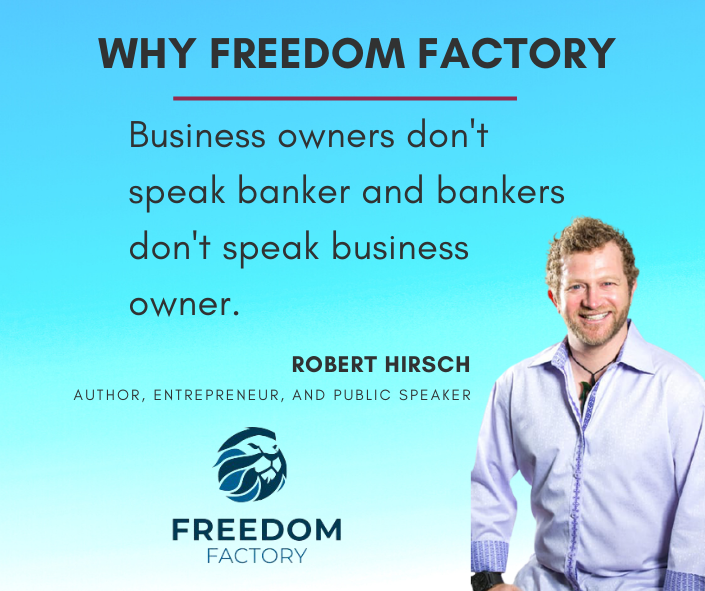To keep learning and advancing your career, the following resources will be useful:.

Growth equity is frequently referred to as the private investment technique inhabiting the happy medium between endeavor capital and traditional leveraged buyout techniques. While this may hold true, the technique has developed into more than simply an intermediate personal investing method. Growth equity is frequently referred to as the private investment method occupying the middle ground in between endeavor capital and standard leveraged buyout strategies.
Yes, No, END NOTES (1) Source: National Center for the Middle Market. (2) Source: Credit Suisse, "The Incredible Diminishing Universe of Stocks: The Causes and Repercussions of Fewer U.S.
Alternative investments option complex, intricate investment vehicles and lorries not suitable for appropriate investors - . A financial investment in an alternative financial investment requires a high degree of risk and no assurance can be given that any alternative financial investment fund's investment objectives will be attained or that investors will get a return of their capital.
This industry information and its significance is a viewpoint only and ought to not be relied upon as the only essential info available. Details contained herein has been gotten from sources believed to be reliable, however not guaranteed, and i, Capital Network presumes no liability for the details supplied. This info is the property of i, Capital Network.
they use take advantage of). This investment method has actually helped coin the tyler tysdal denver term "Leveraged Buyout" (LBO). LBOs are the primary investment method kind of the majority of Private Equity companies. History of Private Equity and Leveraged Buyouts J.P. Morgan was thought about to have made the very first leveraged buyout in history with his purchase of Carnegie Steel Business in 1901 from Andrew Carnegie and Henry Phipps for $480 million.
As mentioned earlier, the most infamous of these offers was KKR's $31. 1 billion RJR Nabisco buyout. This was the largest leveraged buyout ever at the time, lots of individuals thought at the time that the RJR Nabisco deal represented the end of the private equity boom of the 1980s, due to the fact that KKR's investment, nevertheless well-known, was eventually a substantial failure for the KKR investors who purchased the company.
In addition, a lot of the money that was raised in the boom years (2005-2007) still has yet to be utilized for buyouts. This overhang of dedicated capital avoids numerous financiers from dedicating to purchase new PE funds. Overall, it is estimated that PE firms handle over $2 trillion in assets around the world today, with near to $1 trillion in committed capital readily available to make new PE investments (this capital is often called "dry powder" in the market). .
For instance, a preliminary financial investment could be seed financing for the business to start constructing its operations. In the future, if the company shows that it has a feasible item, it can acquire Series A funding for additional growth. A start-up business can finish numerous rounds of series financing prior to going public or being gotten by a monetary sponsor or strategic buyer.
Top LBO PE companies are identified by their large fund size; they are able to make the biggest buyouts and take on the most financial obligation. LBO deals come in all shapes and sizes. Overall transaction sizes can range from tens of millions to 10s of billions of dollars, and can occur on target business in a broad range of markets and sectors.
Prior to executing a distressed buyout chance, a distressed buyout company has to make judgments about the target company's value, the survivability, the legal and reorganizing problems that may develop (should the business's distressed assets require to be restructured), and whether the financial institutions of the target company will become equity holders.
The PE firm is required to invest each particular fund's capital within a period of about 5-7 years and after that generally has another 5-7 years to offer (exit) the investments. PE firms normally utilize about 90% of the balance of their funds for new financial investments, and reserve about 10% for capital to be used by their portfolio companies (bolt-on acquisitions, extra offered capital, etc.).
Fund 1's committed capital is being invested in time, and being gone back to the minimal partners as the portfolio business because fund are being exited/sold. Therefore, as a PE company nears completion of Fund 1, it will require to tyler tysdal raise a new fund from brand-new and existing restricted partners to sustain its operations.